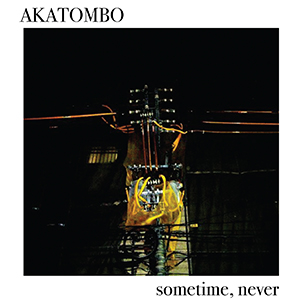 Paul Thomsen Kirk’s output as Akatombo has always leaned more into the harsher side of danceable beats and electronics, but on his fourth album, he has pushed that envelope even further. Huge bass-heavy beats, weird lo-fi sample loops and random sounds abound, and the result is an album that is reminiscent of a more westernized Muslimgauze or the best moments of late-period Techno Animal.
Paul Thomsen Kirk’s output as Akatombo has always leaned more into the harsher side of danceable beats and electronics, but on his fourth album, he has pushed that envelope even further. Huge bass-heavy beats, weird lo-fi sample loops and random sounds abound, and the result is an album that is reminiscent of a more westernized Muslimgauze or the best moments of late-period Techno Animal.
 Mike Shiflet might be most well known for his work as a noise artist, but a significant portion of his work features him utilizing guitar. Here, in collaboration with High Aura'd (John Kolodij), the two coax a wide variety of sounds out of their respective six stringed instruments, resulting in an album that is as much noise as it is music.
Mike Shiflet might be most well known for his work as a noise artist, but a significant portion of his work features him utilizing guitar. Here, in collaboration with High Aura'd (John Kolodij), the two coax a wide variety of sounds out of their respective six stringed instruments, resulting in an album that is as much noise as it is music.
 A prolific DJ with a number of singles out, the descriptively titled A Tape is German artist Helena Hauff's first full length release. A combination of stripped down minimal techno, house beats, and industrial dissonance, it is a gripping tape of heavy percussion, noisy synth, and extremely memorable rhythms.
A prolific DJ with a number of singles out, the descriptively titled A Tape is German artist Helena Hauff's first full length release. A combination of stripped down minimal techno, house beats, and industrial dissonance, it is a gripping tape of heavy percussion, noisy synth, and extremely memorable rhythms.
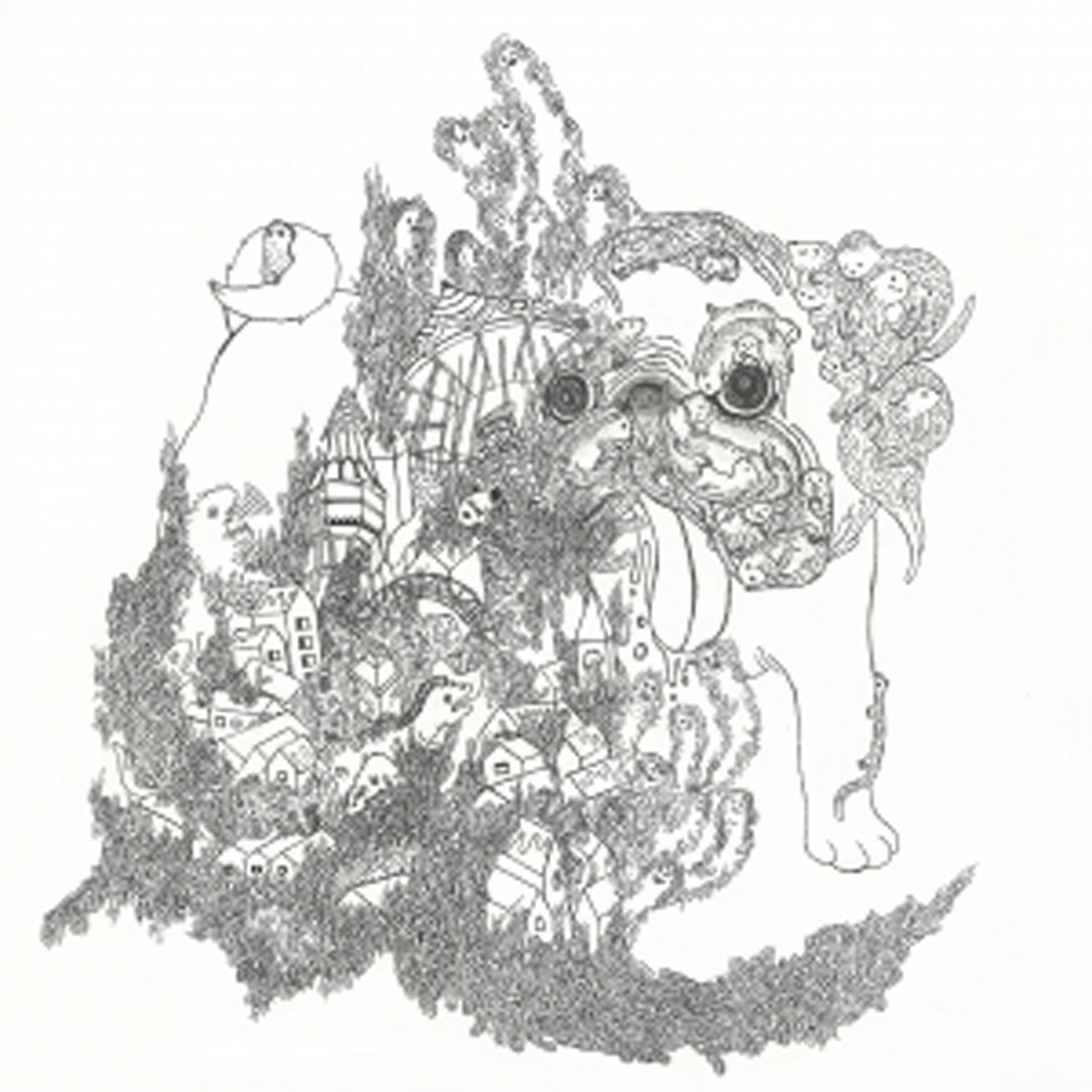 This is certainly an early candidate for the most unexpected release of the year, as few people presumably anticipated that James Blackshaw would suddenly start singing ten albums deep into his career.  As it turns out, he handles the transition from guitar virtuoso to singer/songwriter quite well.  The nearest reference point is unavoidably something like Jim O’Rourke’s jaunty Eureka, as Blackshaw at his best displays a similarly eccentric sensibility and appreciation for kitsch mingled with impeccable musicianship and colorful arrangements.   Although Suns admittedly suffers as a complete statement due to a few lulls, missteps, and a wandering stylistic focus, it mostly makes up for it with the strength of its breezy, charming "singles" and a handful of great instrumental passages.
This is certainly an early candidate for the most unexpected release of the year, as few people presumably anticipated that James Blackshaw would suddenly start singing ten albums deep into his career.  As it turns out, he handles the transition from guitar virtuoso to singer/songwriter quite well.  The nearest reference point is unavoidably something like Jim O’Rourke’s jaunty Eureka, as Blackshaw at his best displays a similarly eccentric sensibility and appreciation for kitsch mingled with impeccable musicianship and colorful arrangements.   Although Suns admittedly suffers as a complete statement due to a few lulls, missteps, and a wandering stylistic focus, it mostly makes up for it with the strength of its breezy, charming "singles" and a handful of great instrumental passages.
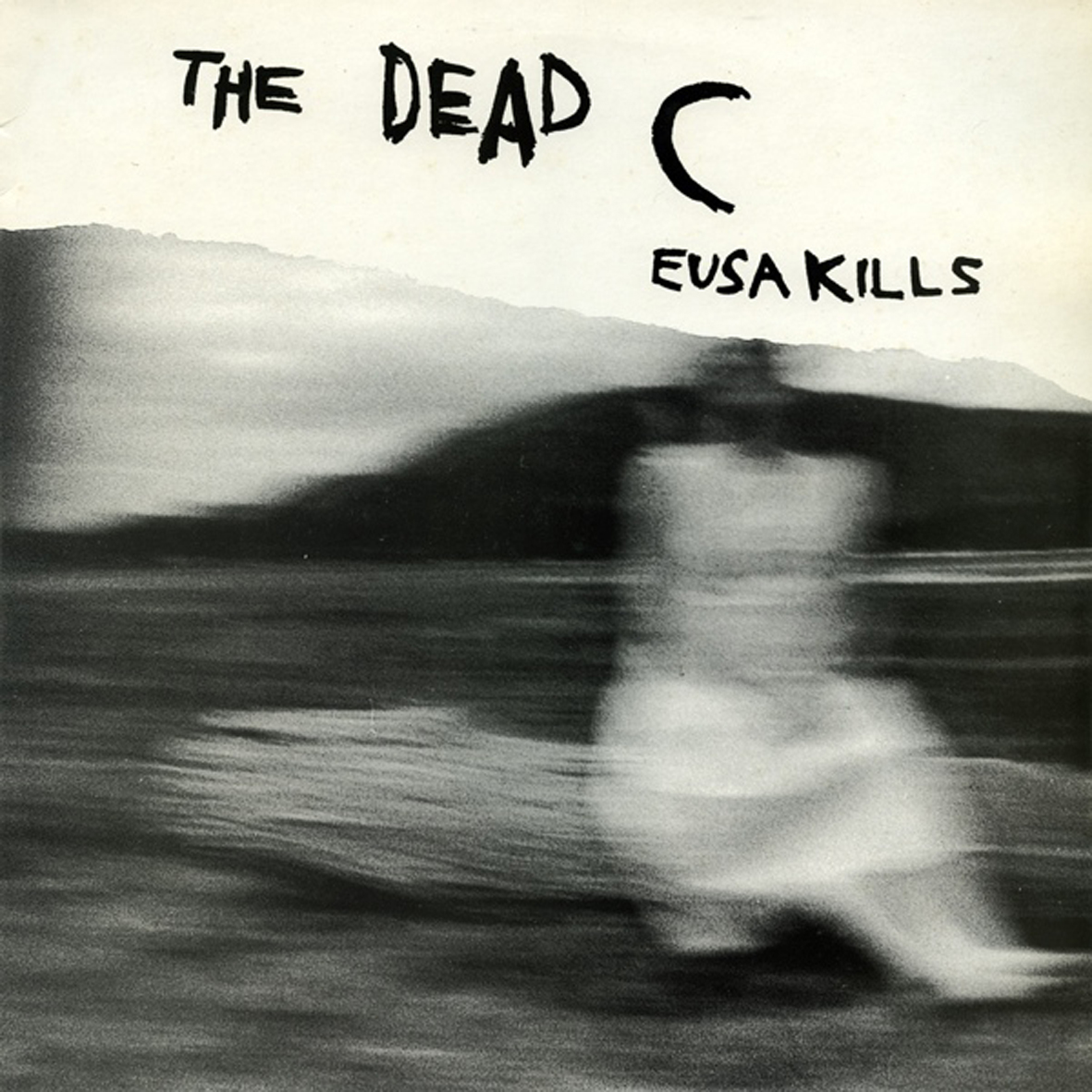 This 1989 album is most notable for being generally regarded as The Dead C’s "pop" album.  Also, a lot of people seem to rank it quite highly within the band’s discography.  I find both of those designations somewhat puzzling, however, as the only real concessions to conventional rock music are the stellar opener and a cacophonous, shambolic T. Rex cover.  Other than that, Eusa Kills is just a lot of messy, half-baked, and contrarian business-as-usual for The Dead C.  The band admittedly keeps most of the songs to pop song durations, but that is less of a structural and songcraft achievement than a decision to just fade out earlier than usual.  While Eusa Kills has its moments, it is far from The Dead C’s prime.
This 1989 album is most notable for being generally regarded as The Dead C’s "pop" album.  Also, a lot of people seem to rank it quite highly within the band’s discography.  I find both of those designations somewhat puzzling, however, as the only real concessions to conventional rock music are the stellar opener and a cacophonous, shambolic T. Rex cover.  Other than that, Eusa Kills is just a lot of messy, half-baked, and contrarian business-as-usual for The Dead C.  The band admittedly keeps most of the songs to pop song durations, but that is less of a structural and songcraft achievement than a decision to just fade out earlier than usual.  While Eusa Kills has its moments, it is far from The Dead C’s prime.
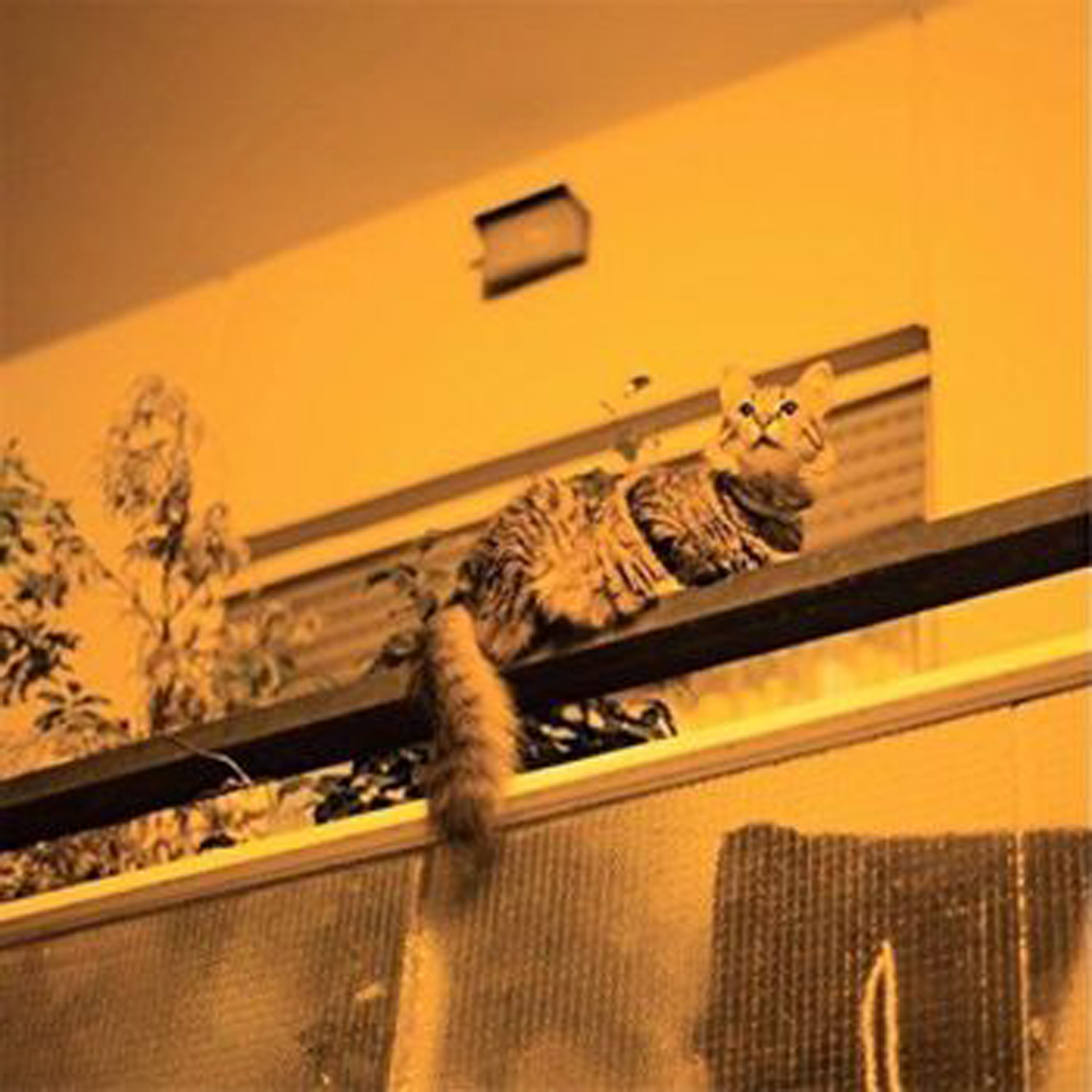 Prekop’s first modular synthesizer solo album (2010's Old Punch Card) came as quite a surprise, but he adapted to the instrument extremely well and later used it to excellent effect on The Sea and Cake's Runner. He returns with another solo synth opus and the only real surprise this time is how great it is: Prekop seems intent on making an unexpected run to the head of the synth revival pack.  While I do not think Alessandro Cortini needs to start panicking that he will stop getting calls for gigs anytime soon, the nine pieces that comprise the "Republic" half of The Republic are as masterfully composed, assured, beautiful, and effortlessly contemporary as anything by any of the genre's other luminaries.
Prekop’s first modular synthesizer solo album (2010's Old Punch Card) came as quite a surprise, but he adapted to the instrument extremely well and later used it to excellent effect on The Sea and Cake's Runner. He returns with another solo synth opus and the only real surprise this time is how great it is: Prekop seems intent on making an unexpected run to the head of the synth revival pack.  While I do not think Alessandro Cortini needs to start panicking that he will stop getting calls for gigs anytime soon, the nine pieces that comprise the "Republic" half of The Republic are as masterfully composed, assured, beautiful, and effortlessly contemporary as anything by any of the genre's other luminaries.
 Steve Flato's inaugural cassette release from Lengua de Lava bears two illuminating dedications: one to Richard Maxfield, the innovative American composer, Fluxus member, and electronic music pioneer, and one to Eliane Radigue, the French-born Buddhist convert, equally innovative, whose experiments with feedback, tape loops, and synthesizers gave birth to some of the subtlest and most hypnotic music of the 20th century. The influence of both can be heard on Mara's Daughters, but for the first 41 minutes—the entirety of side A—Radigue's ultra-precise, slowly-unfolding sound is upended. Flato plots his course over harsher terrain. His sound is confrontational and messy, a constantly churning chaos of grinding noise and digital squeals rendered with impressive clarity. It is the kind of bedlam that would ordinarily repel meditation or introspection, but Flato's stratified attack is so massive it implodes and, by unexpected means, pulls the listener into the reflective stillness at its center.
Steve Flato's inaugural cassette release from Lengua de Lava bears two illuminating dedications: one to Richard Maxfield, the innovative American composer, Fluxus member, and electronic music pioneer, and one to Eliane Radigue, the French-born Buddhist convert, equally innovative, whose experiments with feedback, tape loops, and synthesizers gave birth to some of the subtlest and most hypnotic music of the 20th century. The influence of both can be heard on Mara's Daughters, but for the first 41 minutes—the entirety of side A—Radigue's ultra-precise, slowly-unfolding sound is upended. Flato plots his course over harsher terrain. His sound is confrontational and messy, a constantly churning chaos of grinding noise and digital squeals rendered with impressive clarity. It is the kind of bedlam that would ordinarily repel meditation or introspection, but Flato's stratified attack is so massive it implodes and, by unexpected means, pulls the listener into the reflective stillness at its center.
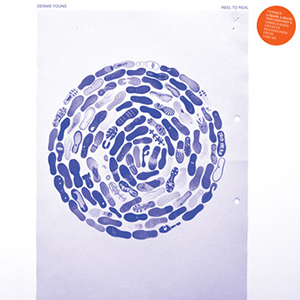 Reel to Real collects Liquid Liquid percussionist Dennis Young's early home recordings while a member of the pioneering New York dance band. Captured on reel-to-reel recordings, hence its (somewhat painfully cliché) title, these pieces range from random experiments to near songs that still have an endearing demo quality to them.
Reel to Real collects Liquid Liquid percussionist Dennis Young's early home recordings while a member of the pioneering New York dance band. Captured on reel-to-reel recordings, hence its (somewhat painfully cliché) title, these pieces range from random experiments to near songs that still have an endearing demo quality to them.
 Sigmarsson's work with the Icelandic group Stilluppsteypa frequently showcases both absurdity and dissonance heavily, and while his own work bears traces of that, divorced from any imagery, has more of a dark quality to it. At times austere, but not at all devoid of humor, it is three long pieces that never become stagnant resulting in a gripping collection of tones and textures.
Sigmarsson's work with the Icelandic group Stilluppsteypa frequently showcases both absurdity and dissonance heavily, and while his own work bears traces of that, divorced from any imagery, has more of a dark quality to it. At times austere, but not at all devoid of humor, it is three long pieces that never become stagnant resulting in a gripping collection of tones and textures.
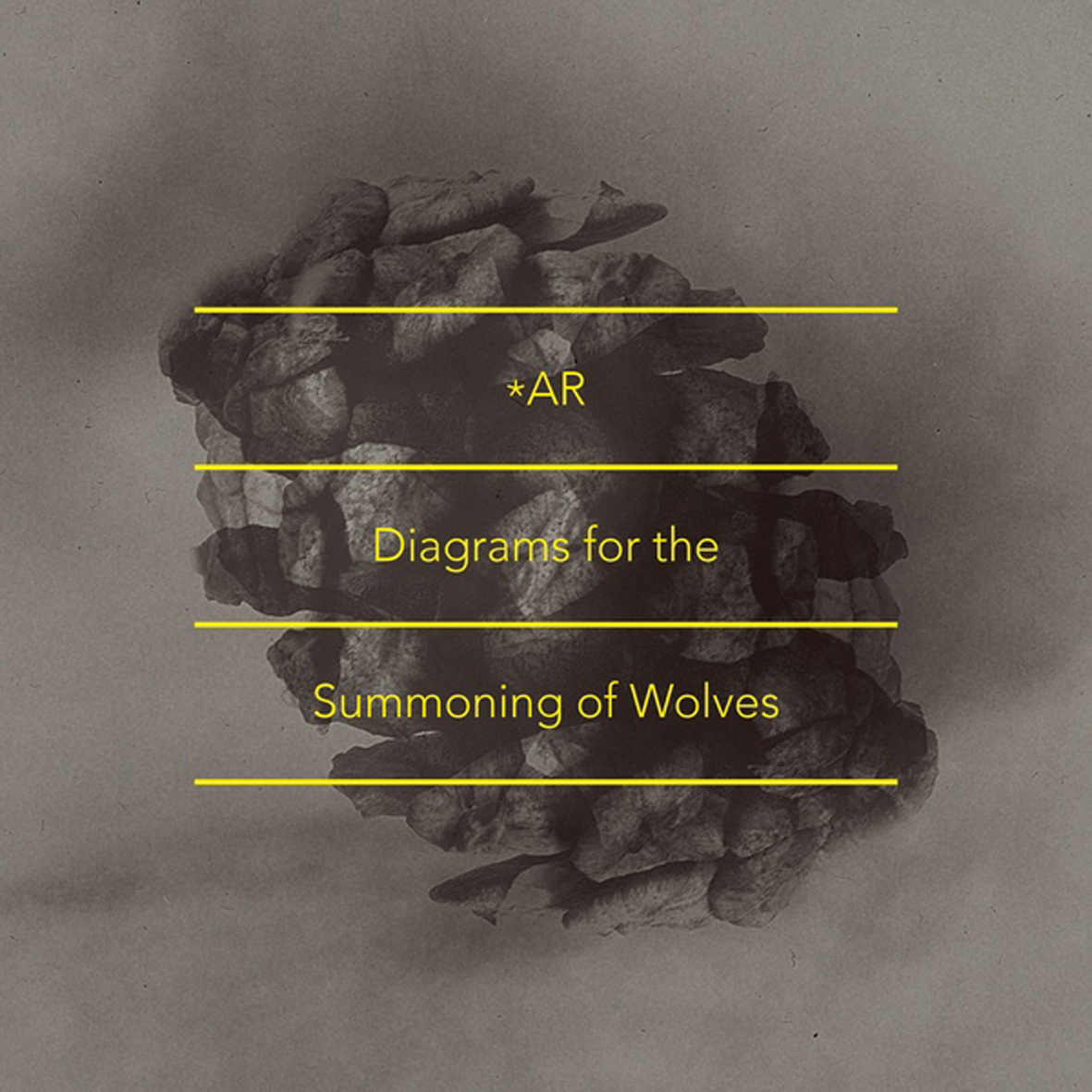
Being a rabid Richard Skelton fan, I was initially heartbroken when this release sold out before I could get my hands on it, but now that I have the digital version I feel quite a bit better.  As far as Skelton albums go, this is a comparatively minor one.  Also, it sounds weirdly like a solo album: while collaborator Autumn Richardson is present in name, her usual vocals are nowhere to be found.  Consisting of just a single 27-minute piece, Diagrams is a likeable, if very slow-burning, drone work built upon a characteristically groaning, melancholy string motif that casts off a (characteristically) glittering spray of harmonics.  Compared to last year's The Inward Circles album, Diagrams admittedly feels like a step back into somewhat well-trodden territory.  However, it is territory that Skelton basically owns and he ratchets up the intensity a bit more than usual this time around, so fans will probably still find plenty to enjoy about this brief dispatch.



